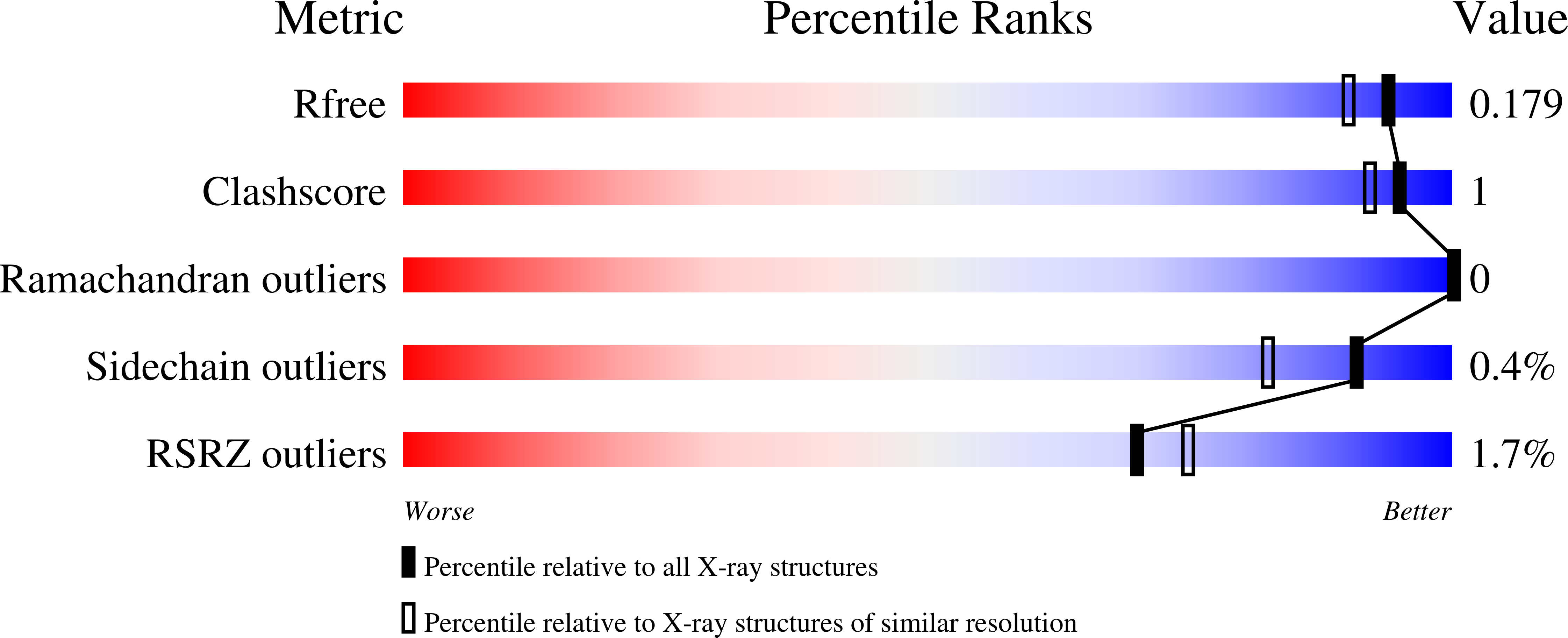
Deposition Date
2020-04-09
Release Date
2020-10-07
Last Version Date
2023-10-18
Entry Detail
PDB ID:
6WIC
Keywords:
Title:
Pre-catalytic quaternary complex of human Polymerase Mu on a complementary DNA double-strand break substrate
Biological Source:
Source Organism:
Homo sapiens (Taxon ID: 9606)
synthetic construct (Taxon ID: 32630)
synthetic construct (Taxon ID: 32630)
Host Organism:
Method Details:
Experimental Method:
Resolution:
1.55 Å
R-Value Free:
0.17
R-Value Work:
0.16
R-Value Observed:
0.16
Space Group:
P 21 21 21


